A vision of learning
Edge Hill College opened in Liverpool in 1885 as the first non-denominational teacher training college for women. From its origins as a specialist institution with 41 female trainee teachers, Edge Hill now has almost 10,000 full-time students, another 3,000 part-time students on a wide range of undergraduate programmes, and almost 5,000 full and part-time postgraduate students.
Beginnings
Edge Hill founded
On 7 February 1882 seven Liverpool businessmen and philanthropists – Alexander Balfour, Thomas Matheson, Samuel Smith, William Crosfield, W P Sinclair, S McDairmid and S G Rathbone – founded Edge Hill College.
A large house on Durning Road in the Edge Hill district of Liverpool was adapted and formally opened on 24 January 1885, welcoming 41 new students.
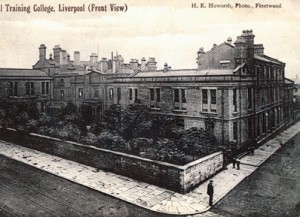
Sarah Jane Yelf
Sarah Jane Yelf was appointed as the College’s first Principal, with the intention of producing ‘a superior class of Elementary School Mistresses’.
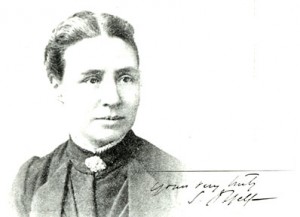
Sarah Jane Hale
Sarah Jane Hale, took over as principal just as the College began to grow. The premises were enlarged in 1903 when a new wing, including three new classrooms, two laboratories and a gymnasium, was opened. By 1905, student numbers had risen to 160.
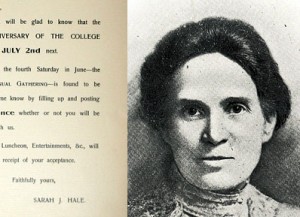
The end of an era
Miss Hale died in 1920, and by the end of her tenure, the College had come a long way. It had trained 2,071 girls of whom 213 were Head Mistresses, 178 First Assistants, and 30 science mistresses.
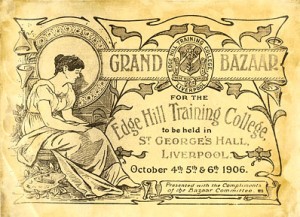
Ormskirk
1920 – 1925
Miss Hale’s successor in 1920 was Miss Eva Marie Smith.
In 1925, Edge Hill was placed under the control of Lancashire County Council who would provide a new building for the college, preserving the original name, history and reputation.
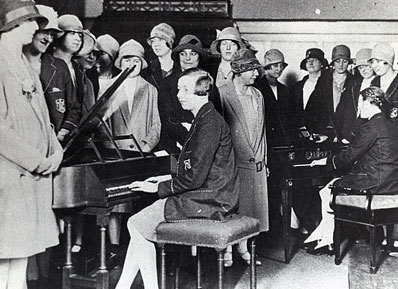
Ormskirk
A site in Ormskirk was chosen and the foundation stone of the new building was laid in 1931. It was officially opened by Lord Irwin, President of the Board of Education, on 2 October 1933.
The halls of residence were named Stanley, Clough, Lady Margaret and John Dalton in honour of the Derby family.
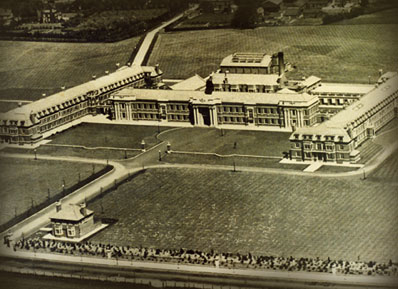
Wartime years
The Durning Road premises were destroyed in a German bombing raid on 28 November 1940. A direct hit killed 166 people and Churchill described it as the ‘worst single incident of the war’ in terms of loss of life.
During the Second World War, the College was evacuated to Bingley Training College while the campus served as a military hospital.
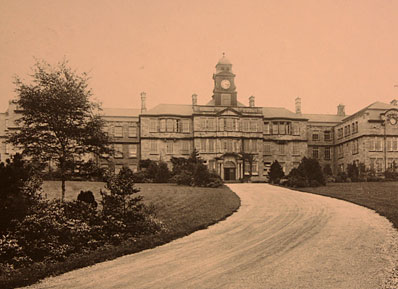
The end of an era
Miss Smith retired in 1941, to be replaced by Miss E M Butterworth as Principal for the duration of the war, who was in turn replaced in 1946, following the return to Ormskirk, by Dr Margaret Bain. By this time, student numbers, after a decline in the 1930s, had risen to 280.
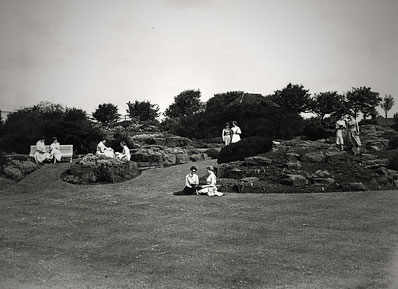
Postwar
The postwar world
Edge Hill College had its first intake of male students in 1959.
Three year Teacher Training courses were introduced in 1960.
Growing student numbers meant five new women’s halls, known as the ‘back hostels’ were opened. Men’s accommodation was opened in Lancashire Hall, which was demolished in 1999 to make way for the Wilson Centre.
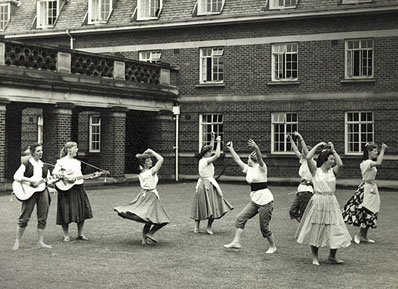
1963
The new student accommodation was opened by Princess Margaret in 1963.
The College’s first male Principal Ken Millins succeeded Dr Bain in 1964 and male staff grew from 3 in 1959 to 37 in 1963.
In a partnership that would last for almost 30 years, Lancaster University agreed to validate three-year honours degrees. In 1975 the college introduced new degrees in English, Geography and Applied Social Sciences, supplemented shortly afterwards by History and Combined Social Studies.
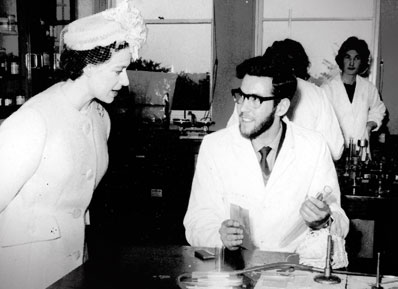
1978
In 1978, Millins resigned and was replaced by the Assistant Principal Marjorie Stanton, who battled against the plans of the Local Education Authority to merge Edge Hill with Lancashire Polytechnic (now the University of Central Lancashire).
On Stanton’s retirement in 1982, Harry Webster took up the post of Principal.
Student numbers continued to grow, and by 1985 there were around 2000 students on a wide variety of undergraduate and postgraduate courses.
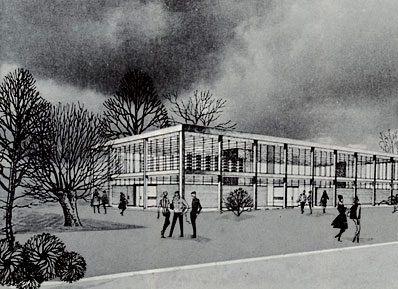
Jonathan Pryce
Jonathan Pryce, one of Britain’s leading actors and renowned for his work on both stage and screen, studied on a teacher training course at Edge Hill in the late 1960s.
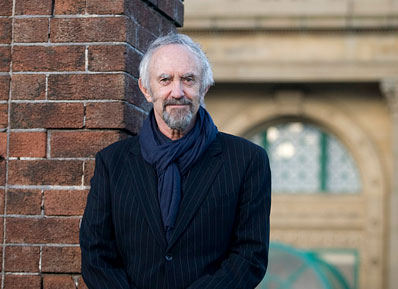
Ruth Gee
Ruth Gee’s Principalship
Ruth Gee became principal in 1989 following the retirement of Principal Webster.
Ruth Gee initiated a range of curriculum developments, with new undergraduate degrees in Field Biology and Habitat Management, Communication and Media, and Organisation and Management Studies.
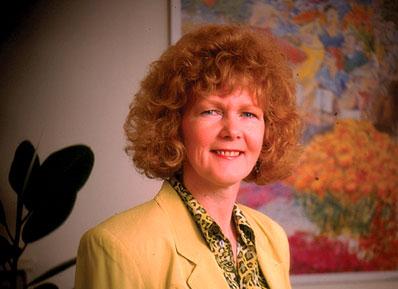
Initial Teacher Training
Initial Teacher Training in a range of Secondary Year subjects was introduced and within a few years Edge Hill would become one of the largest national providers in this area.
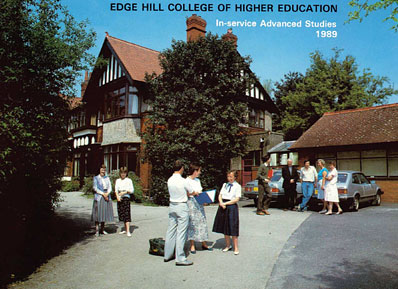
IT entitlement
In 1990 every student and member of staff was given an IT entitlement: No matter what course a student is following, IT should be a formal part of everyday learning.

Learning Resources Centre
of investment in the Ormskirk campus commenced in 1993 with the construction of the Forest Court student residences and the Learning Resources Centre (now the Law and Psychology building), replacing the 1971 library (now the Student Administration Centre).
Ruth Gee resigned in 1993 and Dr John Cater took over as Principal and Chief Executive.
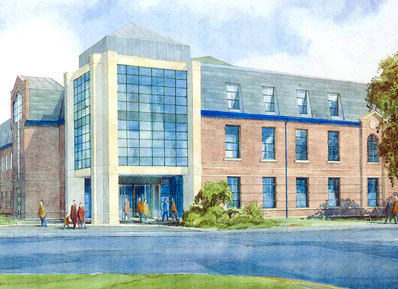
John Cater
John Cater takes over
John Cater led the acceleration of the process of curriculum, infrastructure and institutional development which has continued to the present day.
The title of Edge Hill University College was adopted in 1996, along with a new corporate identity.
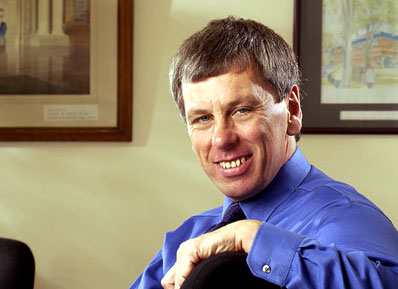
New programmes
New programmes introduced: Computer Science, Creative Writing, Criminology, Drama and Dance, Journalism, Law, Marketing, Psychology and Sports Science, and two year Foundation Degrees in 2001.
In the School of Education, PGCEs in English, Design Technology and Business Education were introduced. Student numbers in Primary and Secondary grew rapidly.
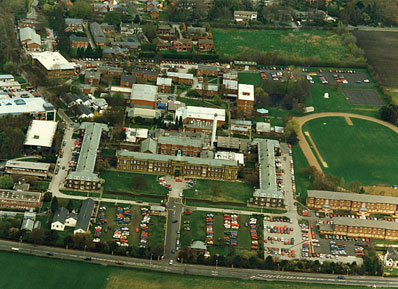
Landmarks
Landmarks
1995/96 saw the first PhD graduate: Edward Whall’s thesis Back to the Bridewell: Punishment and Police Custody 1980-1994. By 2003, over 40 PhD completions had been assured.
Edge Hill’s first website was launched in 1995.
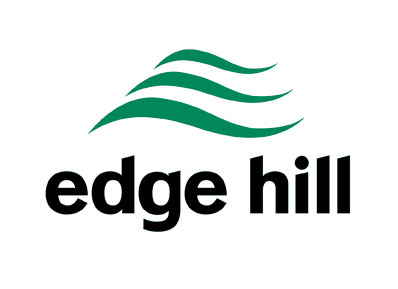
Virtual Learning Environment
In 1999, Edge Hill introduced its first Virtual Learning Environment (VLE). By 2000, the college had around 1000 students registered on programmes with some level of VLE presence: within a few years this had risen to the full student population.
The completion of the LRC in 1994 freed up the former 1971 Library building to create the Student Information Centre (SIC).
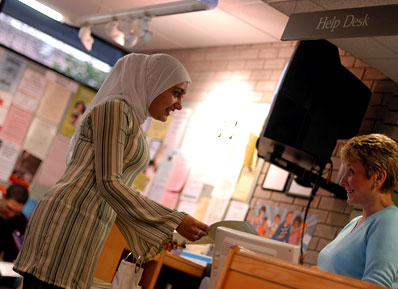
Widening participation
The first institutional Widening Participation strategy was approved in 1999, following the government-set target of 50% participation in higher education.

New developments
New developments to the Ormskirk campus included: The Natural and Applied Sciences Building (1995, now Biosciences building), Sporting Edge (1997), the Business and Management Centre (1999, now Business School), the LINC (2000, now Clinical Skills and Simulation Centre), the Wilson Centre (2001), and CMIST (2003, now Geosciences building).
A new building was constructed at the Aintree campus, and accommodation in central Manchester was provided for the developing Operating Department Practice provision in the School of Health Studies.
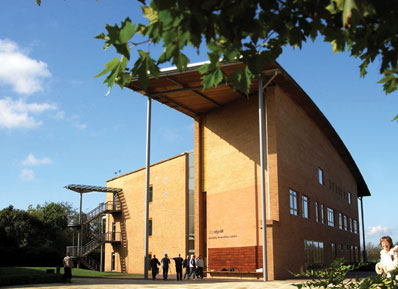
A vision realised
A vision realised: 2003-2010
Taught Degree-Awarding Powers (TDAP) and University Title were awarded in 2006.
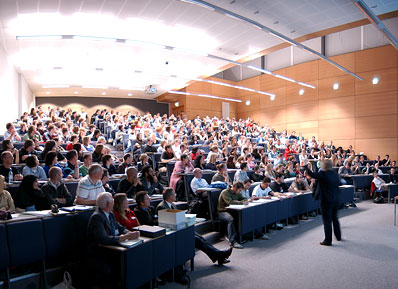
Tanya Byron
In 2008, the University gained Research Degree Awarding Powers. Dr (later Professor) Tanya Byron was appointed as the first Chancellor of the University.
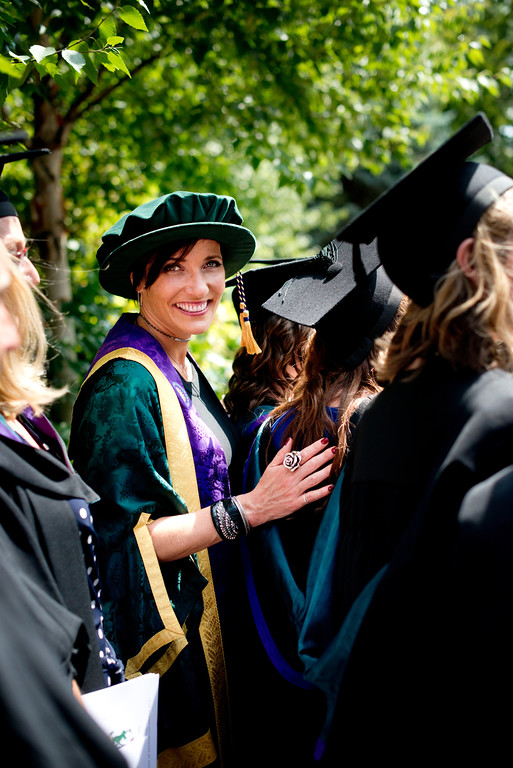
Western campus
The physical development of the Ormskirk campus continued with the completion of the Western Campus and buildings such as the Faculty of Education (2004) and the Faculty of Health and Social Care (2007).
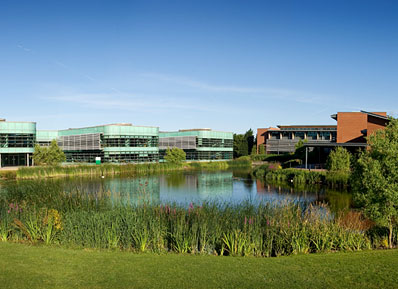
More campus developments
Further building projects included the Performing Arts complex (2006), the Business and Law School, and the Founders’ Court residences, opened in September 2009.
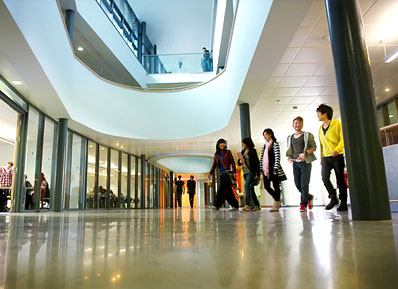
Excellence
In January 2005, Edge Hill was one of only 20% of bidders designated as a Centre for Excellence in Teaching and Learning (CETL) to develop supported online and blended learning through its SOLSTICE project.
A major development came in 2006 when the University was approved by HEFCE as the lead institution for one of the country’s first Lifelong Learning Networks (LLNs).
Edge Hill degrees offered at Feiyang Institute of Technology, Singapore, and advanced nursing qualifications developed for hospital authorities in Hong Kong.
By January 2010 there were over 14,500 undergraduate applications to study at the University: more than in 40 other universities and five times as many as in 2000.
Institutional income rose from £27m in 1999/2000 to almost £83m in 2008/09. Annual surpluses were made each year, rising to almost £9m at the end of the period.
The student population rose to over 23,000. Over the period 2000-2010, a total of over £100m had been invested in the Ormskirk campus.
